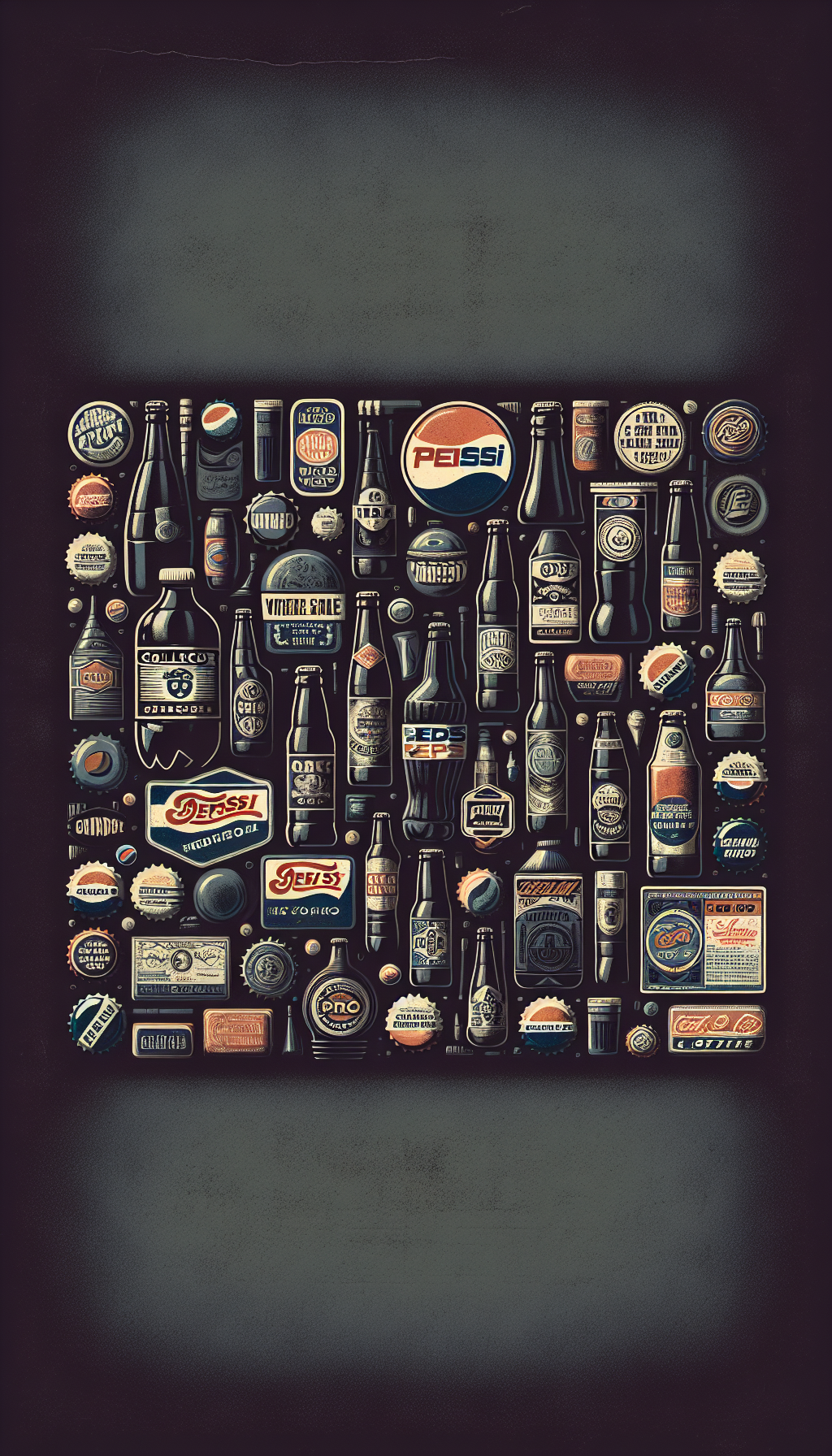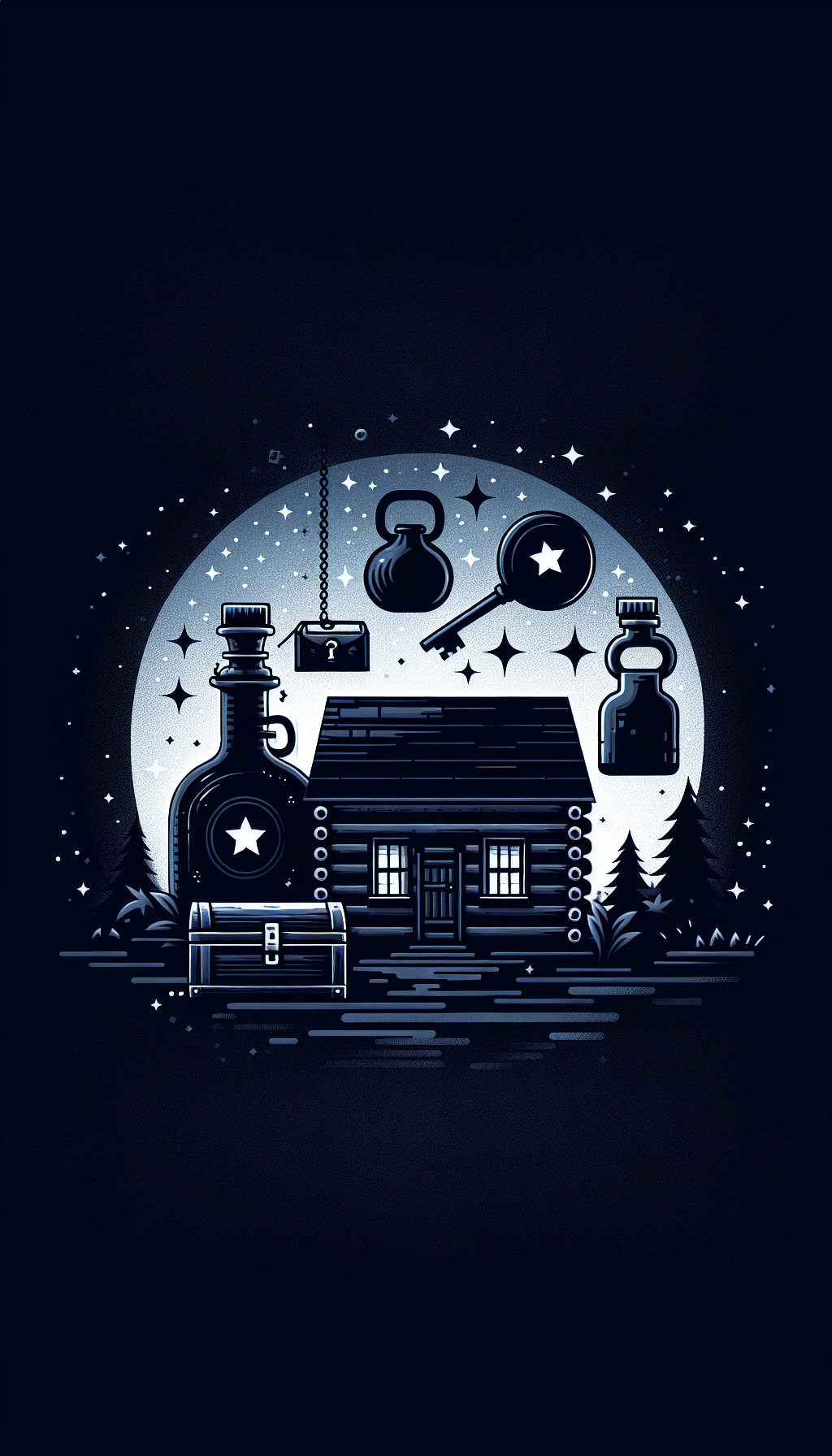Unlocking The Worth A Collectors Guide To Vintage Pepsi Bottle Values
Pepsi bottles are a sweet spot for bottle collectors: abundant enough to hunt in the wild, yet full of scarce regional variants, early embossings, and label nuances that can push prices into the hundreds—sometimes more. Whether you’ve uncovered a straight-sided bottle from a small-town franchise or a tri-color ACL with crisp paint, understanding what you’re holding is the difference between a $15 shelf-filler and a serious prize.
This guide lays out how to identify, date, and value vintage Pepsi bottles, with practical tips used by appraisers and advanced collectors.
A Quick History of Pepsi Bottles (and Why It Matters for Value)
- 1898–1920s: Early bottling era. After Pepsi-Cola’s brand debut in the late 1890s, local franchises bottled in straight-sided, crown-top glass. These early bottles are often aqua or clear, embossed with the script Pepsi-Cola logo and the bottler’s town and state. Scarcer towns and unusual glass colors command strong premiums.
- 1930s: Applied Color Label (ACL) technology gains ground. As franchises modernized, painted labels replaced embossing on many bottles. Early ACL Pepsi bottles can be two-color, with numerous logo and wording variations.
- 1940s–1950s: Pepsi embraces multicolor ACL (red/white/blue) and distinctive ribbed/swirl forms. Sizes expand (10, 12, 16 oz). These are common overall but vary widely in value depending on paint condition, plant variations, and regional scarcity.
- 1960s–1970s: Lighter glass, larger sizes, and mass distribution. “No deposit, no return” (NDNR) appears on many. Zip codes show up after 1963 on paper labels or carrier packaging and can help bracket dates. Most are inexpensive unless unusual sizes or oddities.
- 1970s–1980s+: Commemoratives and promotional bottles proliferate. Typically low value unless rare misprints, limited runs, or regional issues.
Bottom line: Early straight-sides with town names and certain prewar ACL variants are the main value drivers, while most post-1960s bottles are common—condition and oddities aside.
Identifying and Dating Your Pepsi Bottle
Accurate identification starts with form, glass, label type, and base/heel markings.
- Form and closure
- Straight-sided, crown-top: Most pre-1930s Pepsi bottles. Embossed script logo, often with “REGISTERED” and a bottler city/state.
- Ribbed or swirl forms with ACL: Especially 1940s–1950s. Tri-color labels are typical for Pepsi in this era.
- Cylindrical, taller modern forms: Common from 1960s onward. Often simpler graphics.
- Label type
- Embossed only: Generally earlier (1900s–1920s). Value hinges on town rarity and logo style.
- ACL (painted label): Began in the 1930s, dominated by the 1940s–50s. Paint quality (coverage and gloss) is crucial.
- Paper label: Used intermittently early on and for certain promotions. Original paper labels intact can be scarce and valuable.
- Maker’s marks and codes
Check the heel (lower side) and base for glasshouse marks and numbers:
- Owens-Illinois: A circle-and-I mark (design evolved over time) often paired with plant and year codes. On many midcentury Pepsi bottles, a one- or two-digit year code appears near the logo (for example, “47” likely 1947).
- Laurens Glass Works: “L G W” on heel or base; widely produced soda bottles midcentury.
- Chattanooga Glass: “C” in a circle or other plant indicators.
- Anchor Hocking: Anchor mark; appears on some later pieces.
- “Duraglas”: Trademark used by Owens-Illinois primarily mid-20th century; helpful for bracketing dates.
Because factory coding formats changed by decade, treat numbers as clues, not definitive proof, and cross-check with the bottle’s style and label.
Town names and franchise marks
On straight-sided bottles, the bottler city/state is typically embossed. Small-town franchises with short production runs are scarcer than large-city bottlers. For ACL bottles, plant codes or subtle text variations on the heel can indicate the bottler or glasshouse.Content size and wording
- Early sizes commonly 6 to 8 ounces.
- 10, 12, and 16 oz proliferated midcentury.
- “No deposit, no return” and metric conversions generally point to later dates (1960s–1970s+).
- A zip code anywhere on a label or carton indicates 1963 or later.
- Logo and typography cues
Pepsi’s script, punctuation, and layout evolved. Small shifts—line weights in the script, spacing, and flourishes—help narrow dating. Use them alongside maker’s marks for a tighter window.
What Drives Value: The Five Big Factors
- Age and era
- Pre-1930s straight-sided embossed bottles are usually the most desirable, especially with scarce towns and distinctive embossing.
- Early ACL (1930s) and certain 1940s variants can bring strong money, particularly with unusual graphics.
- Rarity (towns, variants, and colors)
- Town-named straight-sides from small franchises can be uncommon to rare.
- Glass color deviations: Most vintage Pepsi glass is aqua/clear; true amber examples or odd hues associated with Pepsi are scarce and sought-after.
- Variant wording, capacity (e.g., uncommon 10 oz from specific plants), and layout differences also matter.
- Condition (glass and paint)
- Glass: Free of cracks and chips is baseline. Haze (“sick” glass), heavy case wear, and deep scratches diminish value.
- ACL: Paint coverage is king. Advanced collectors often estimate “% paint remaining” for front and back separately (e.g., 95%/90%). Crisp, glossy, unfaded ACL can double or triple the price of an otherwise identical bottle.
- Provenance and completeness
- Intact early paper labels, original caps, or documented provenance can boost desirability. Unopened examples are intriguing, but liquid rarely adds value and can cause internal staining over time.
- Market dynamics
- Regional demand is real: A New Bern, NC fan base will bid differently than a West Coast buyer.
- Condition-driven bidding: Two near-identical bottles can realize vastly different prices when one has superior ACL.
Price Ranges You’ll Actually See
These are ballpark figures for retail and auction environments; exceptional pieces can exceed the ranges.
- Common 1950s–1960s ACL, tri-color, 12–16 oz, average paint: $10–30
- Same era ACL with excellent paint (90%+ front and back), desirable plant/variant: $40–120
- Early ACL (1930s) or unusual variants in strong condition: $100–300+
- Straight-sided embossed with common large-city bottlers, clean glass: $60–150
- Straight-sided embossed with small-town or scarce franchise, strong embossing: $150–500+
- Rare color variants, standout towns, exceptional early examples: $500–1,500+
- Later NDNR/1970s commemoratives: $5–25, except scarce misprints or limited local issues that can reach $50–150
Remember, prices track completed sales, not optimistic ask-prices. Ultra-fresh ACL examples and killer towns will always outperform averages.
Authentication, Alterations, and Cleaning
- Reproductions and “fantasy” bottles: Less common for Pepsi than for some categories, but they exist—often as novelty pieces. Red flags include overly crude glass on a “modern” form, incorrect logos for the stated era, or too-perfect paint on a form that should be embossed-only.
- Professionally tumbled glass: Tumbling removes interior haze and light stain from dug bottles. Properly disclosed, this is generally accepted for embossed straight-sides, though ultra-purists may discount value slightly.
- Paint touch-ups: Any overpainting or restoration on ACL is a serious strike. Use a loupe under good light to spot different gloss levels, brush marks, or paint sitting on top of wear.
- Cleaning: Start with mild soaks (warm water, gentle detergent) and a soft bottle brush. Avoid harsh abrasives that micro-scratch glass or ghost ACL paint. Oxalic acid and similar cleaners can help with mineral staining but must be used carefully; when in doubt, consult a professional.
Buying, Selling, and Appraisal Strategy
- Verify the basics: era, town, maker’s mark, and paint percentage.
- Photograph well: Straight-on views of front and back labels, base and heel marks, close-ups of any damage, and clear shots of the embossing.
- Compare apples to apples: Match your bottle by town, exact logo style, size, and ACL variant. Paint condition isn’t linear—an upgrade from 80% to 95% can double value.
- Consider venue:
- Bottle shows and specialty auctions draw educated bidders for rare towns and early pieces.
- Local marketplaces can outperform for hometown franchises.
- General online venues move common ACLs efficiently if priced correctly.
- Appraisals: For notable early pieces or potential four-figure outliers, a written appraisal from a bottle specialist or seasoned dealer is worth the fee.
A Practical Checklist for Evaluating a Vintage Pepsi Bottle
- Identify the era: straight-sided embossed, early ACL, midcentury ACL, or later NDNR.
- Record size and form: 6–8 oz (early), 10–16 oz (midcentury), special sizes.
- Note town/franchise: exact city/state embossing or heel text; small towns are often rarer.
- Inspect maker’s marks: glasshouse logo, plant code, possible date code; photograph base/heel.
- Grade the glass: chips, cracks, case wear, internal haze/stain.
- Grade the paint (ACL): estimate % remaining front/back; look for gloss and fading.
- Look for variants: unusual wording, layout, color, or capacity.
- Check for restoration: paint touch-ups, polished spots, or tumbled surfaces; disclose if known.
- Research recent comps: match town/variant/condition; use completed sales.
- Decide venue and price: rare = specialty auction; common ACL = fixed price with solid photos.
FAQ
Q: Are unopened Pepsi bottles worth more?
A: Usually not. Liquid can stain or etch from the inside, and caps corrode. Collectors value condition and rarity over contents. Only unusual early paper-label examples with intact presentation might see a premium.
Q: How do I date my ACL Pepsi bottle?
A: Combine clues: glasshouse logo and nearby numbers (often a two-digit year), label style and colors, bottle size, and any “Duraglas” or NDNR wording. Presence of a zip code indicates 1963 or later.
Q: What hurts value the most?
A: For ACL bottles, paint loss and fading are the top killers. For embossed straight-sides, chips, cracks, heavy case wear, and deep interior staining are major deductions.
Q: Should I have a stained bottle professionally tumbled?
A: Tumbling can improve embossed early bottles with haze and modestly raise value if done well and disclosed. It’s not appropriate for ACL paint. Over-polishing or undisclosed restoration will hurt trust and price.
Q: Where should I sell a scarce small-town straight-side?
A: Consider a bottle specialty auction or a regional bottle show, where bidders understand town scarcity and will compete accordingly. Provide clear, detailed photos and any provenance.
By grounding your evaluation in form, label type, plant/town information, and hard-nosed condition grading, you can confidently appraise vintage Pepsi bottles and spot the standouts that deserve attention—and top-tier bids.




